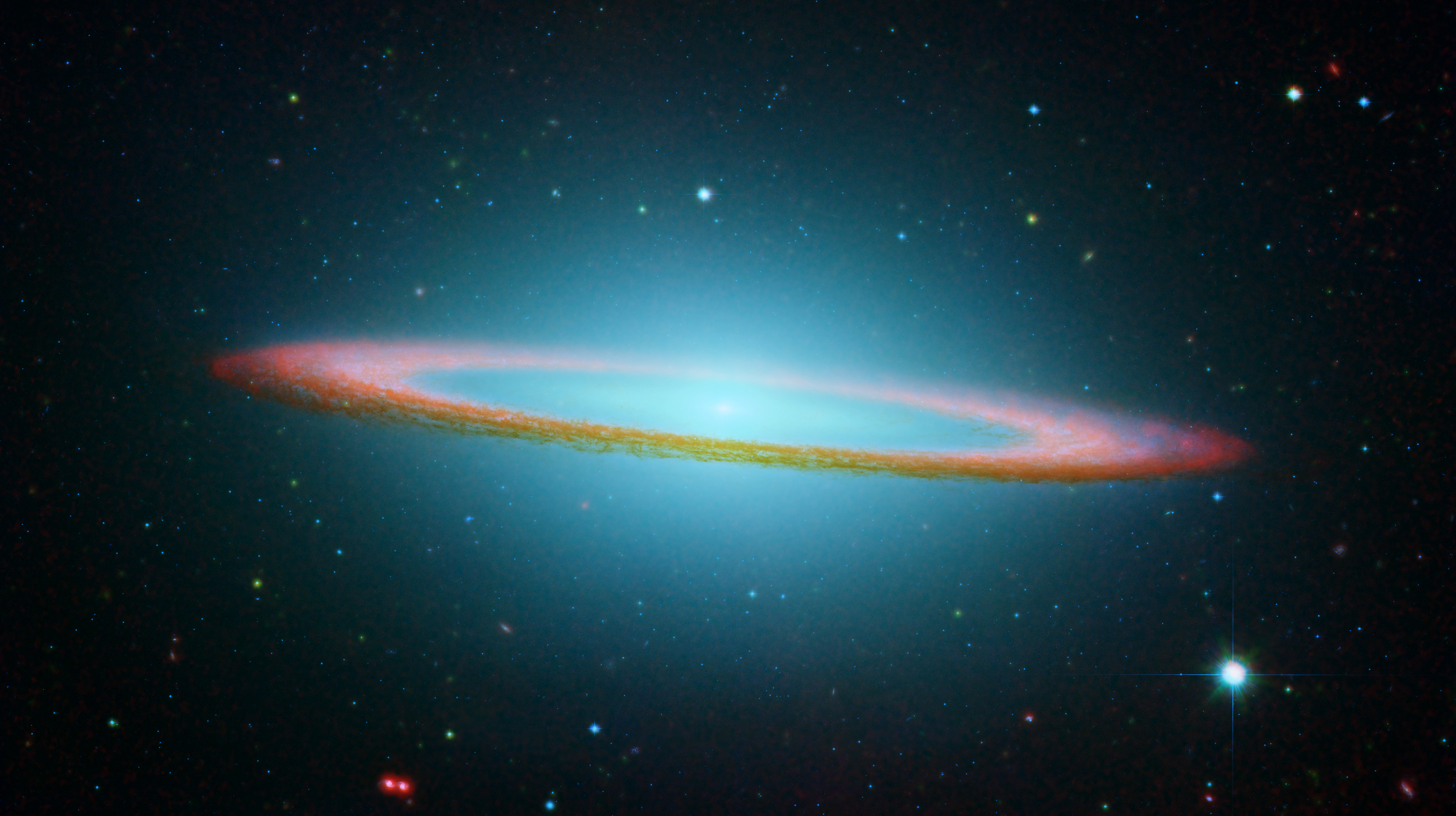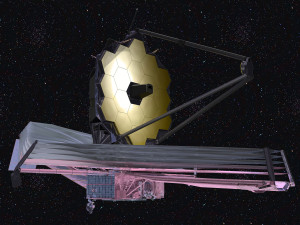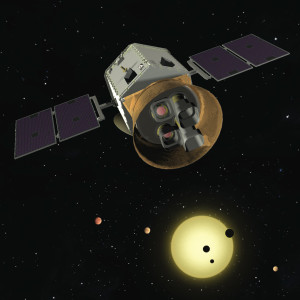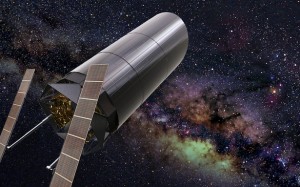The Hubble Space Telescope has been our eyes on the universe for over 20 years, and will soon be joined, and succeeded by, several more instruments that will exponentially advance our understanding of the universe.
The James Webb Space Telescope (JWST) will be the premier observatory of the next decade, serving thousands of astronomers worldwide. It will study every phase in the history of our Universe, ranging from the first luminous glows after the Big Bang, to the formation of solar systems capable of supporting life on planets like Earth, to the evolution of our own Solar System.
The Transiting Exoplanet Survey Satellite (TESS) will identify extrasolar planets ranging from Earth-sized to gas giants, orbiting a wide range of stellar types and orbital distances. The principal goal of the TESS mission is to detect small planets with bright host stars in the solar neighborhood, so that detailed characterizations of the planets and their atmospheres can be performed.
The Advanced Technology Large-Aperture Space Telescope (ATLAST) is a next-generation space observatory with a primary aperture diameter in the 8-m to 16-m range that will help to answer some of our most compelling questions, including “is there life elsewhere in the Galaxy?”




